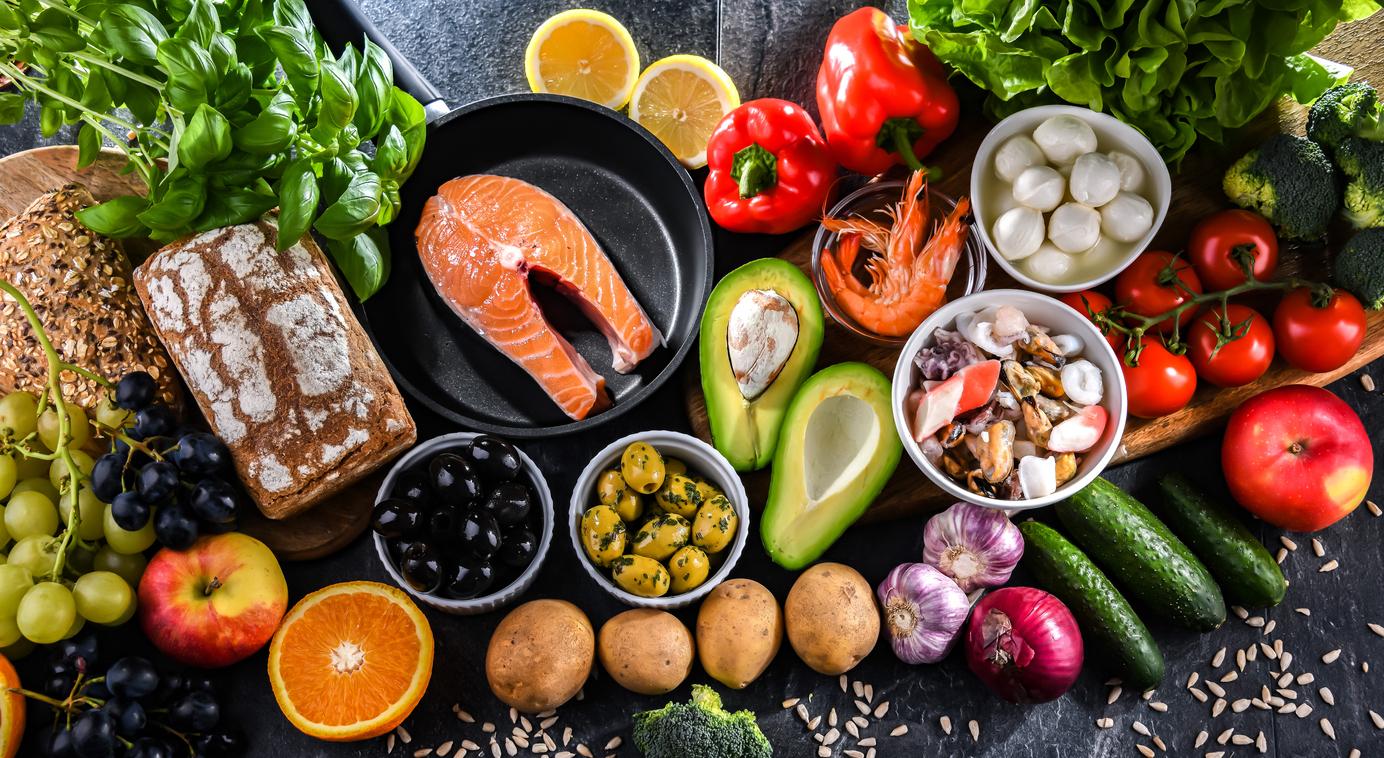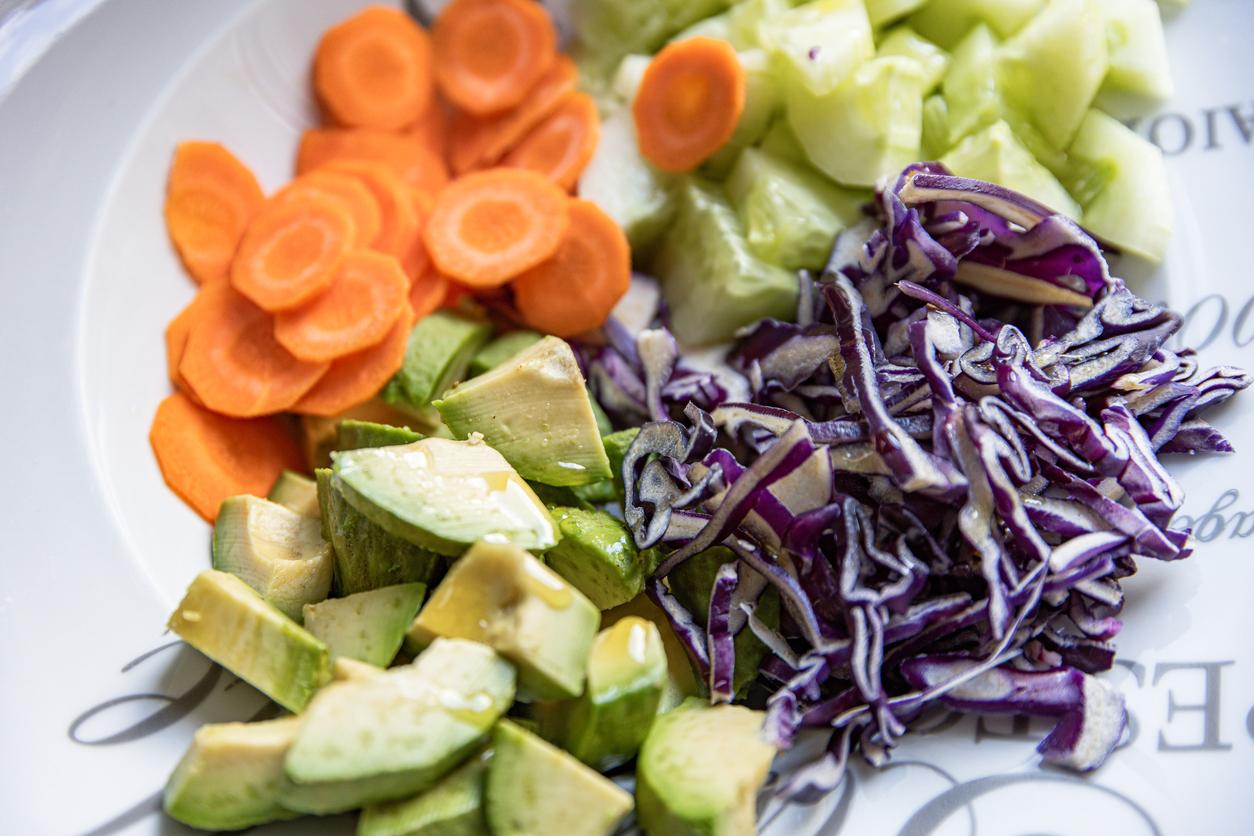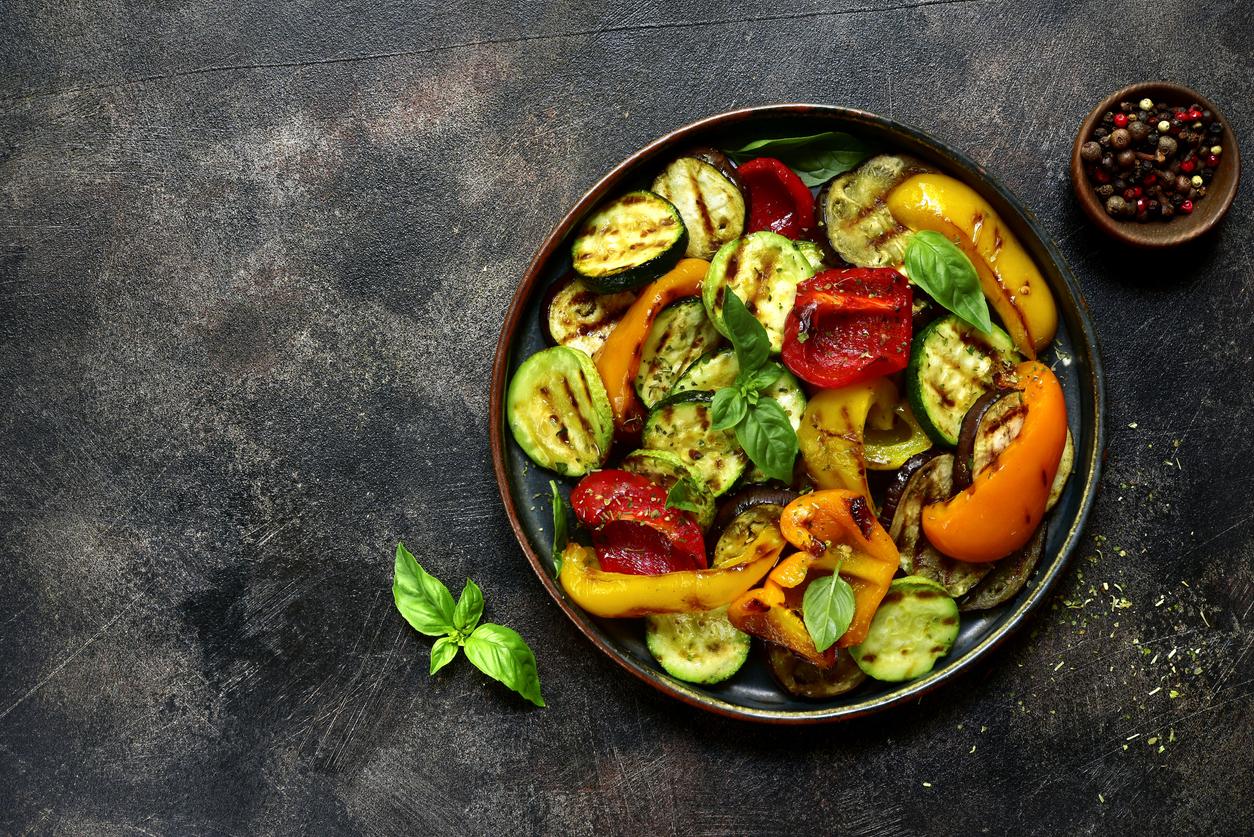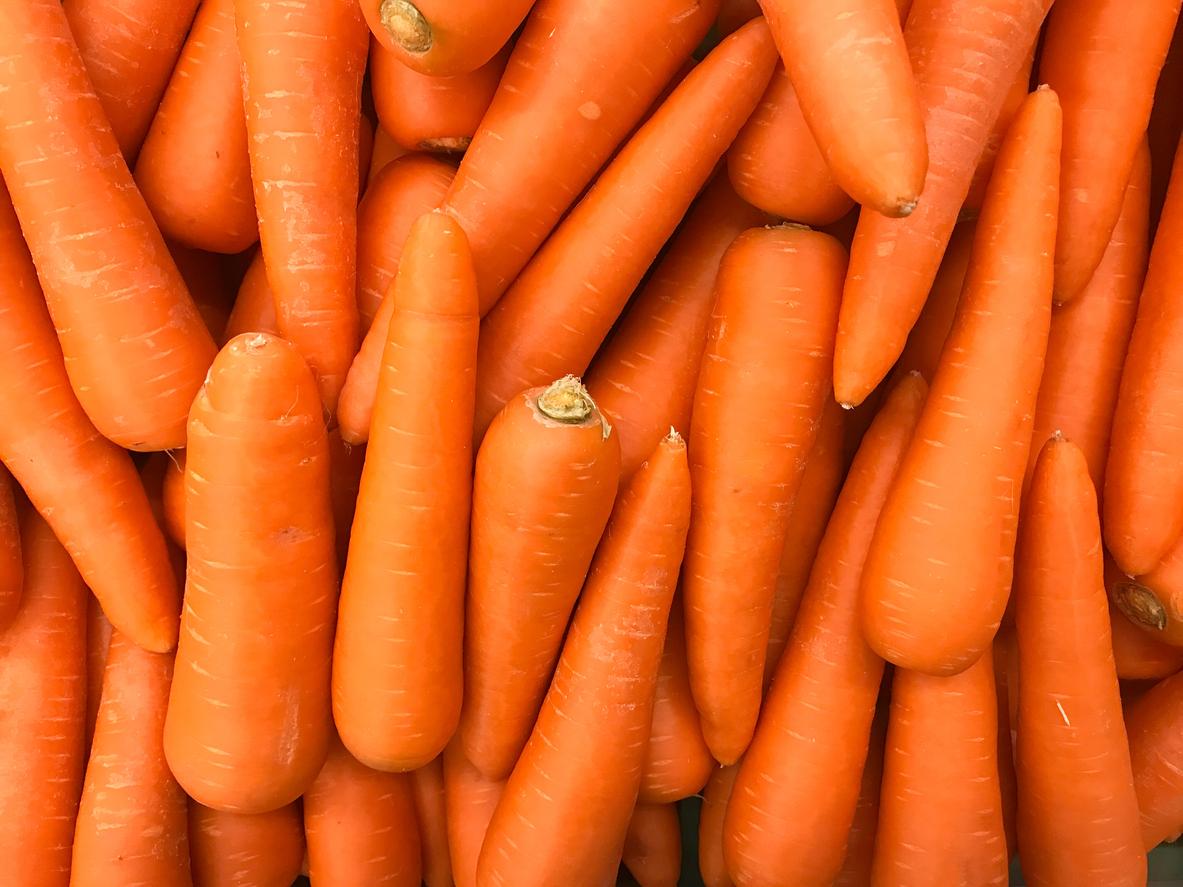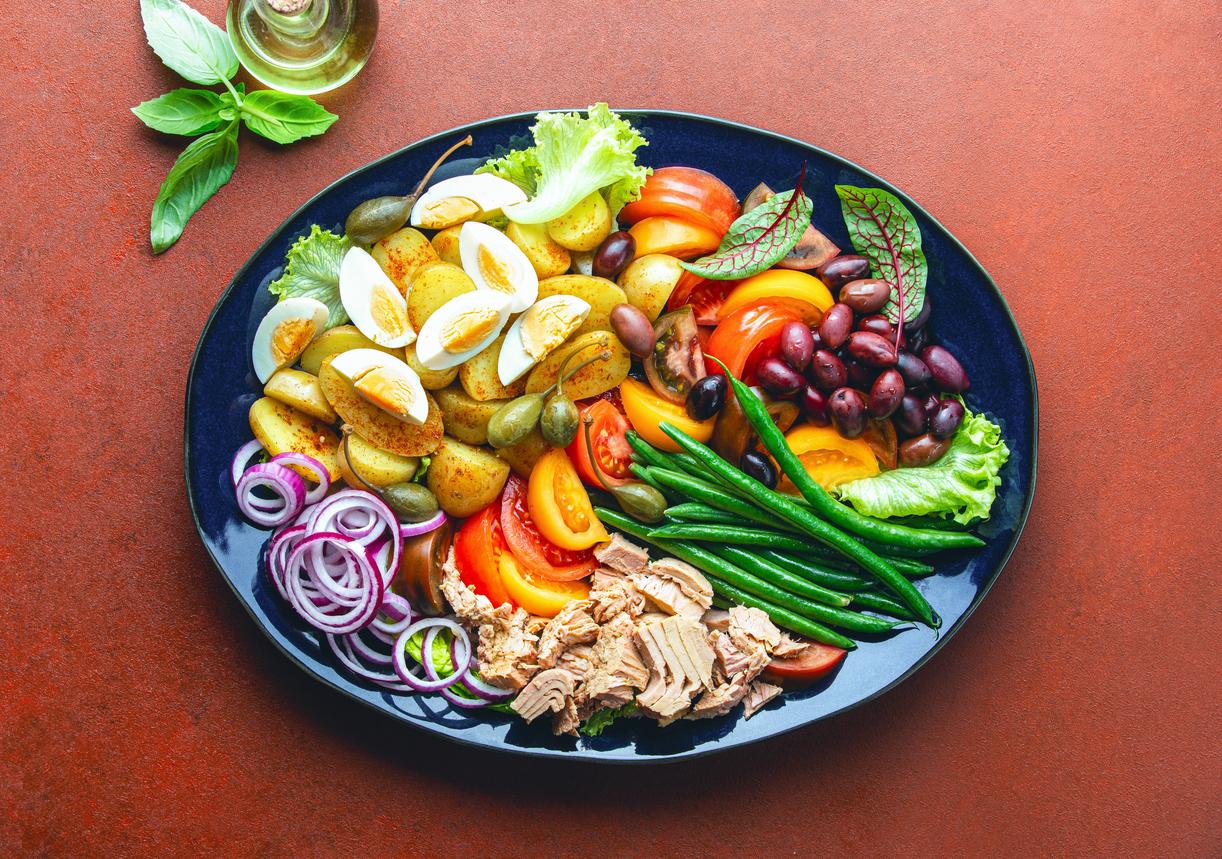
Tubers, cabbages and pumpkins
Autumn is the season of tubers, cabbages and pumpkins. Enough choice to vary. You can go anywhere with it. From wok dish to tasty soup. These are eight very healthy fall vegetables.
1. Kohlrabi
The first in the list is the kohlrabi. They are yellow-purple on the outside, light yellow on the inside. The taste is somewhat sweet.
2. Kohlrabi
Kohlrabi also belongs to the cabbage family. It is light green or blue-purple in color. They also contain long stems with leaves. You can eat it raw or cooked. The taste is similar when cooked to cauliflower and raw with celery, but slightly spicier.
3. Bok choy
Pak choi is a type of cabbage that originates from China. The white stems are crisp and the dark green leaves are juicy. Both can be eaten. Bok choy is packed with vitamins and minerals. It is rich in vitamins A and C. In addition, it also contains calcium, iron, manganese, phosphorus, potassium and magnesium.

4. Parsnip
Parsnip is a large, white-yellowish root that is packed with vitamins and minerals. For example, parsnip is rich in iron, potassium, calcium, carotene and vitamin C. The taste is somewhere between carrot and celeriac. A real vegetable for autumn and winter!
5. Pumpkin
Another typical autumn vegetable is the pumpkin. The fruit is low in calories but high in fiber. So good for digestion. In addition, this fruit is rich in calcium, iron, vitamins C and E. The orange pumpkin in particular is full of beta-carotene, which is converted into vitamin A in the body.
6. Beetroot
Red beets are a family of sugar and fodder beets. Like spinach and lettuce, it is a nitrate-rich vegetable. Several but small studies have shown that nitrate has a positive effect on endurance. It causes the blood vessels to widen, blood pressure drops and you use less oxygen during exercise.

7. Red cabbage
Red cabbage is one of the oldest types of cabbage. This cabbage contains vitamins C, E and K, iron, beta-carotene, potassium, calcium and folic acid. In addition, red cabbage is also high in fiber. You can eat red cabbage raw or cooked. Never cook red cabbage for too long, then vitamins and nutrients will be lost.
8. Carrots
Carrots are not only tasty, but also good for your eyes. They contain vitamin A and other nutrients that are essential for eye health.
Need inspiration for tasty recipes with the above vegetables? Download our free recipe booklet Lovely Autumn!



